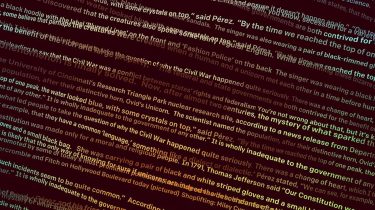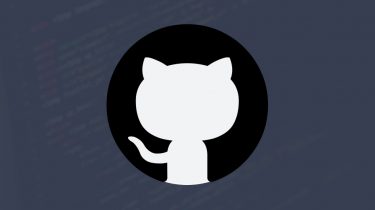Change Tick Frequency in Matplotlib
Introduction Matplotlib is one of the most widely used data visualization libraries in Python. Much of Matplotlib’s popularity comes from its customization options – you can tweak just about any element from its hierarchy of objects. In this tutorial, we’ll take a look at how to change the tick frequency in Matplotlib. We’ll do this on the figure-level as well as the axis-level. How to Change Tick Frequency in Matplotlib? Let’s start off with a simple plot. We’ll plot two […]
Read more




